
“For some people, if you’re religious, you’re ugly,” says Federica Valabrega, an Italian photographer who for the past four years has been documenting Jewish women across the world. Her fascination with these “Daughters of the King,” as she calls them, comes from her own religious background. “My mother isn’t Jewish, but my dad is and so is his mother and all of his family. When I was born in Rome, the chief rabbi back in 1983 accepted to convert [to Judaism] kids from mixed [religious] marriages, so my sisters and I did it.”
While Valabrega was raised in a liberal, non-religious Jewish home, her fascination with her adopted religion grew over time. “I was attending a workshop with Magnum photographer David Alan Harvey in Brooklyn in 2010 when I started my ‘Daughters of the King’ project,” she says. “The workshop lasted one week, which meant that we had to shoot something during that time.”
Valabrega started walking the streets of Crown Heights in Brooklyn, and slowly, she met Jewish women of the Chabad Lubavitch community. “I really think I was lucky throughout the whole project,” she says. “I would stand at a corner of the street and meet people — just like that. I think people quickly realized that I wasn’t judgmental. I was curious and humble.”
This humility is on display in Valabrega’s photographs, as her subjects are seen engaging in mundane activities that seem to explode what Valabrega considers the patriarchal clichés around orthodox families, and women in particular. “I don’t find these women to be fanatics. They are open-minded, even though they are attached to religion. For a lot of people, there’s something wrong with a woman who shaves her head as a sign of respect for her husband, but if you talk to that woman and photograph her in her everyday life, you realize that it’s a choice she’s made. You see her beauty come out.”
Since 2010, Valabrega’s project has expanded beyond Brooklyn to France, Morocco, Tunisia and Israel. In 2013, she published a book with Burn Books, David Alan Harvey’s imprint, but, she says, this doesn’t mark the end of the road for “Daughters of the King.” The photographer plans to shoot in Poland and Russia, as well, creating a larger survey of what it means to be an Orthodox Jewish woman.
“As long as they continue to open the doors to their homes for me,” she says, “I don’t see this work as finished.”
Federica Valabrega is an Italian freelance photographer based in New York City and Rome, Italy.
Mikko Takkunen, who edited this photo essay, is an Associate Photo Editor at TIME. Follow him on Twitter @photojournalism.
Olivier Laurent is the editor of TIME LightBox. Follow him on Twitter and Instagram @olivierclaurent
Read next: Go Behind TIME’s Benedict Cumberbatch Cover With Photographer Dan Winters

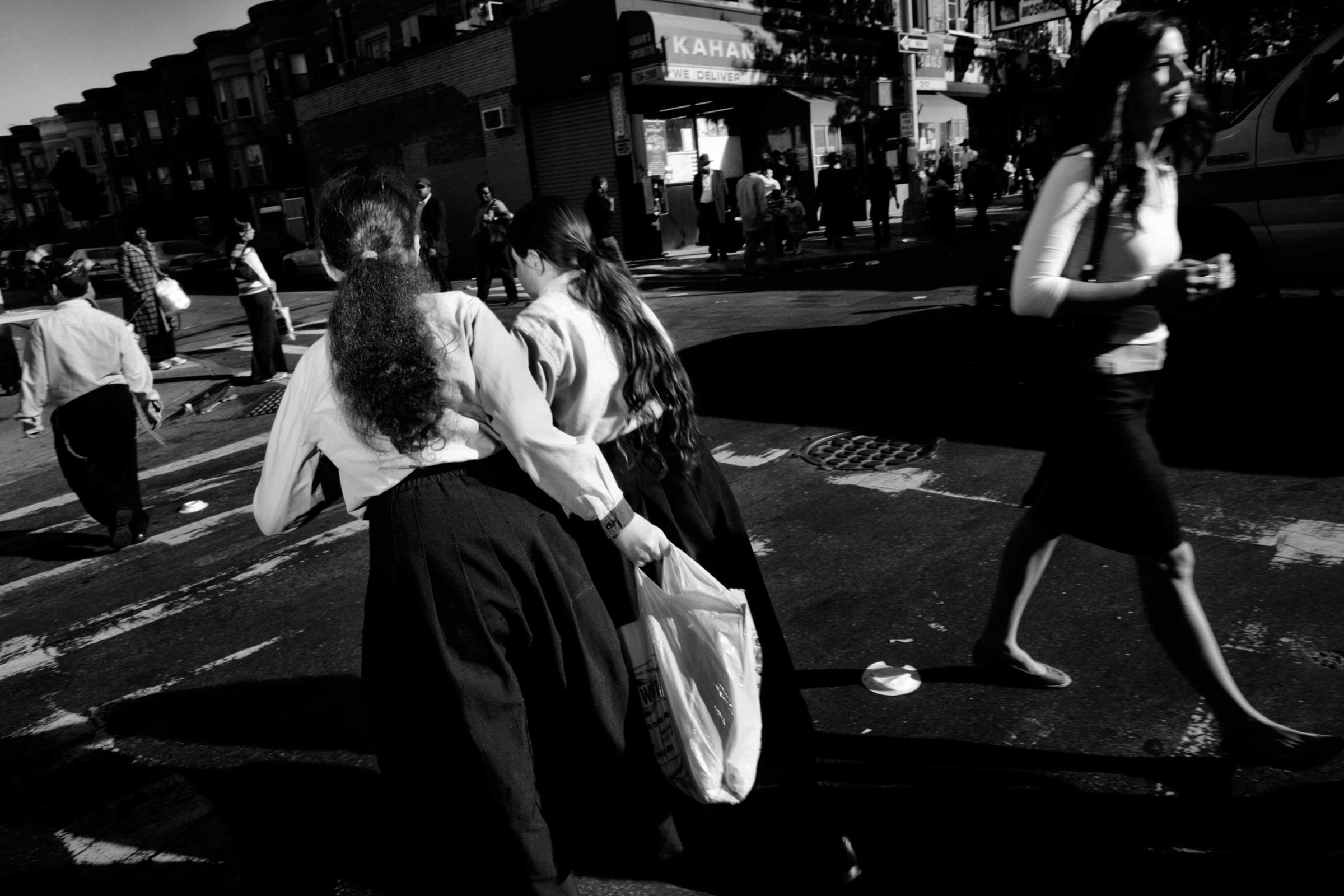


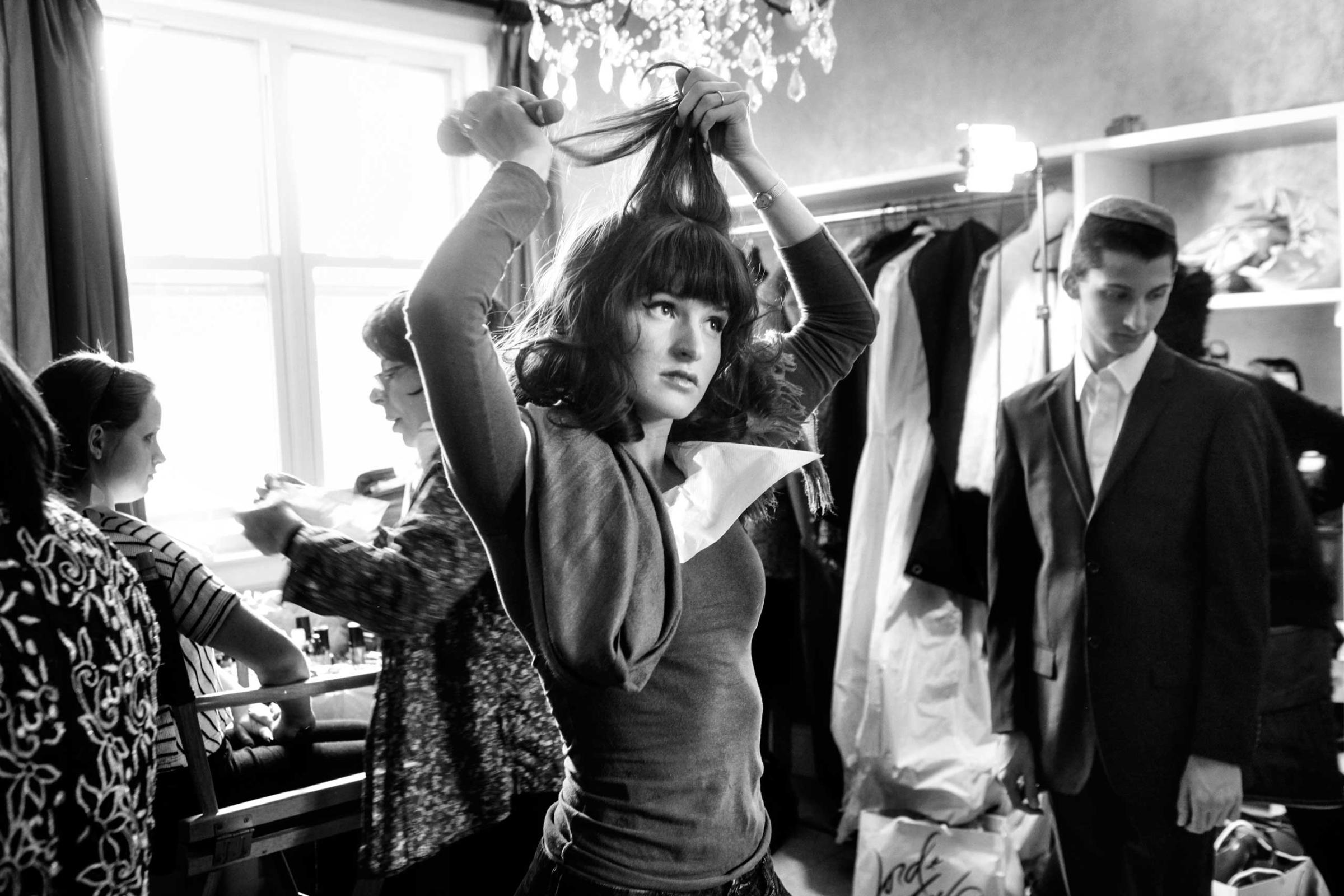

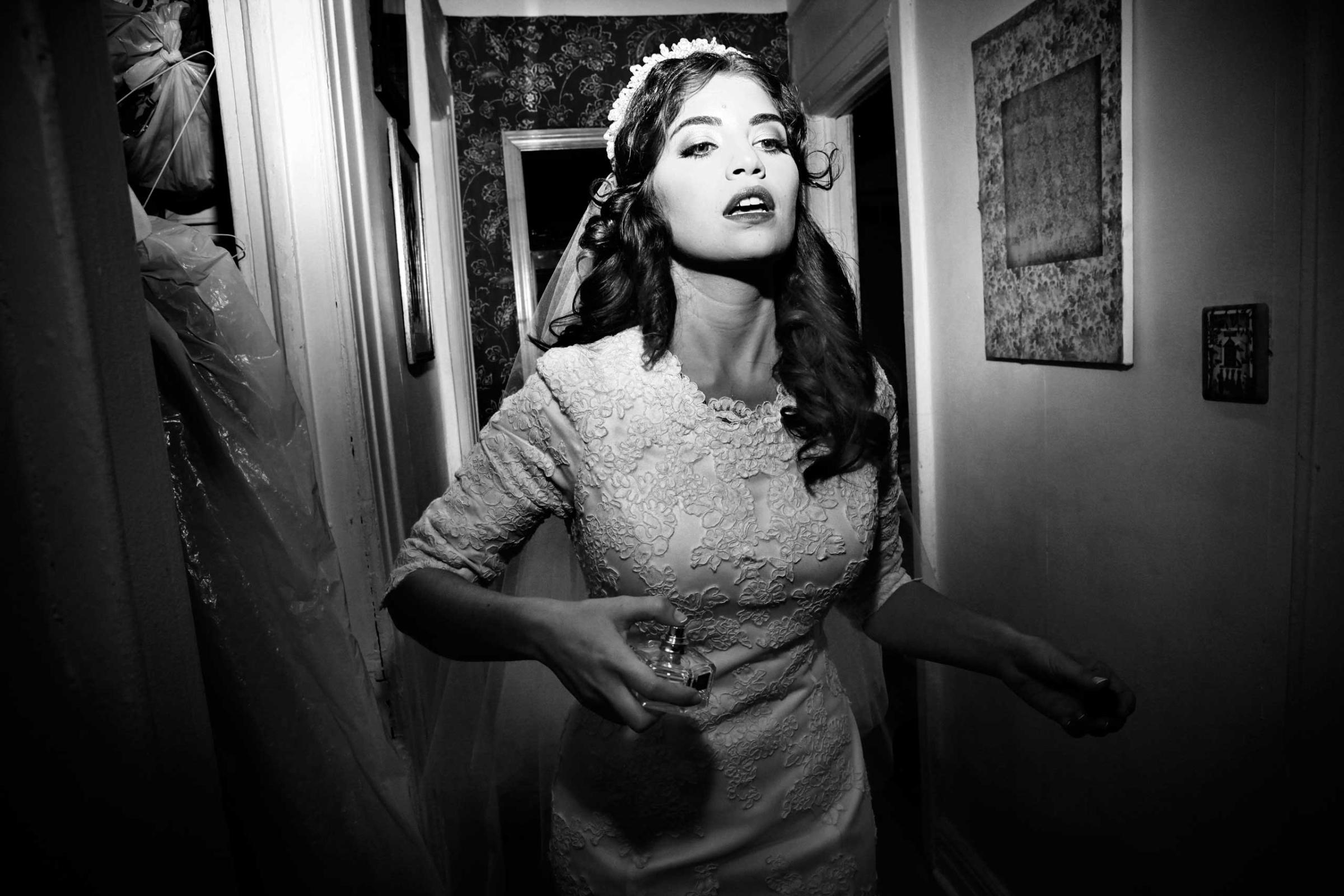
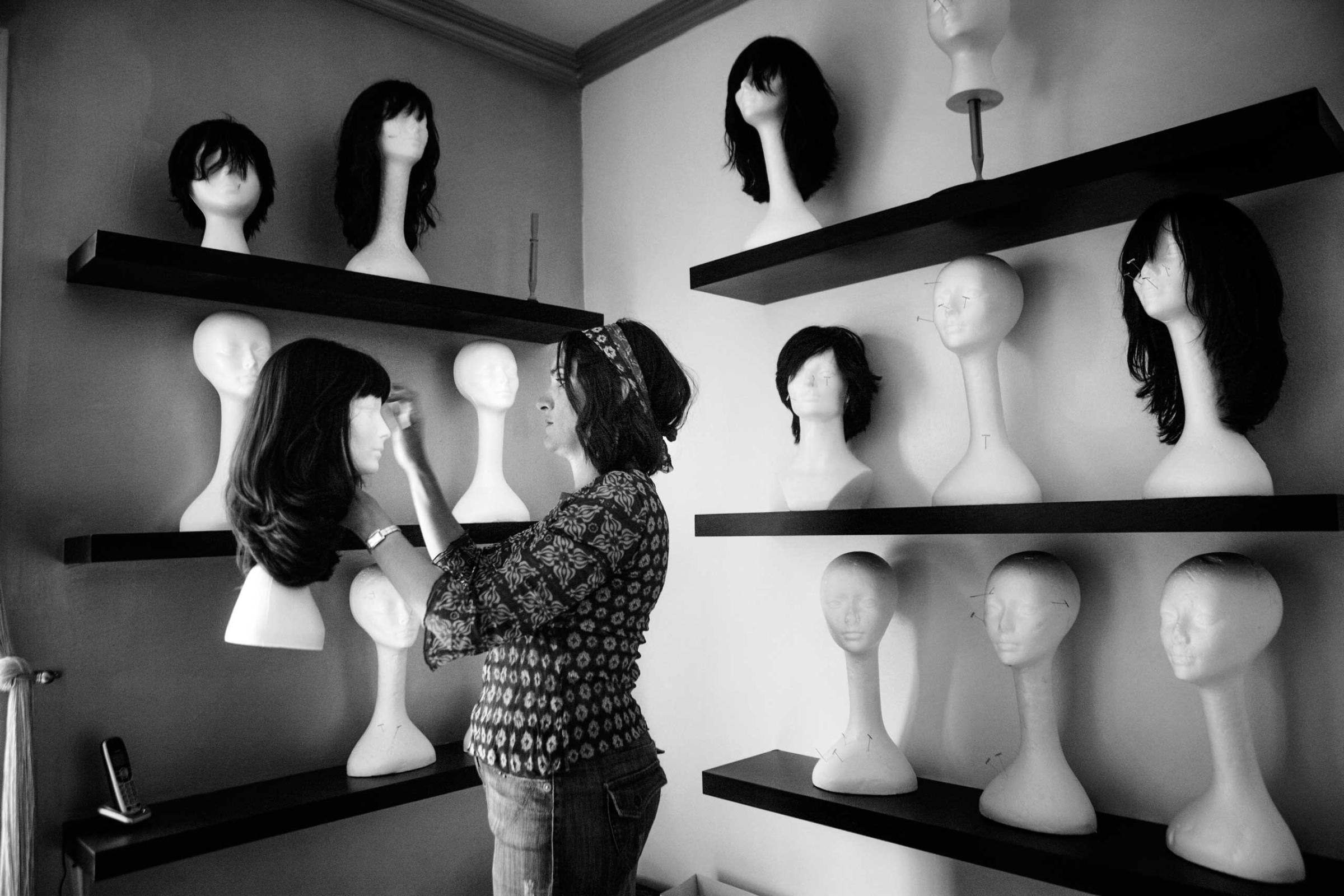
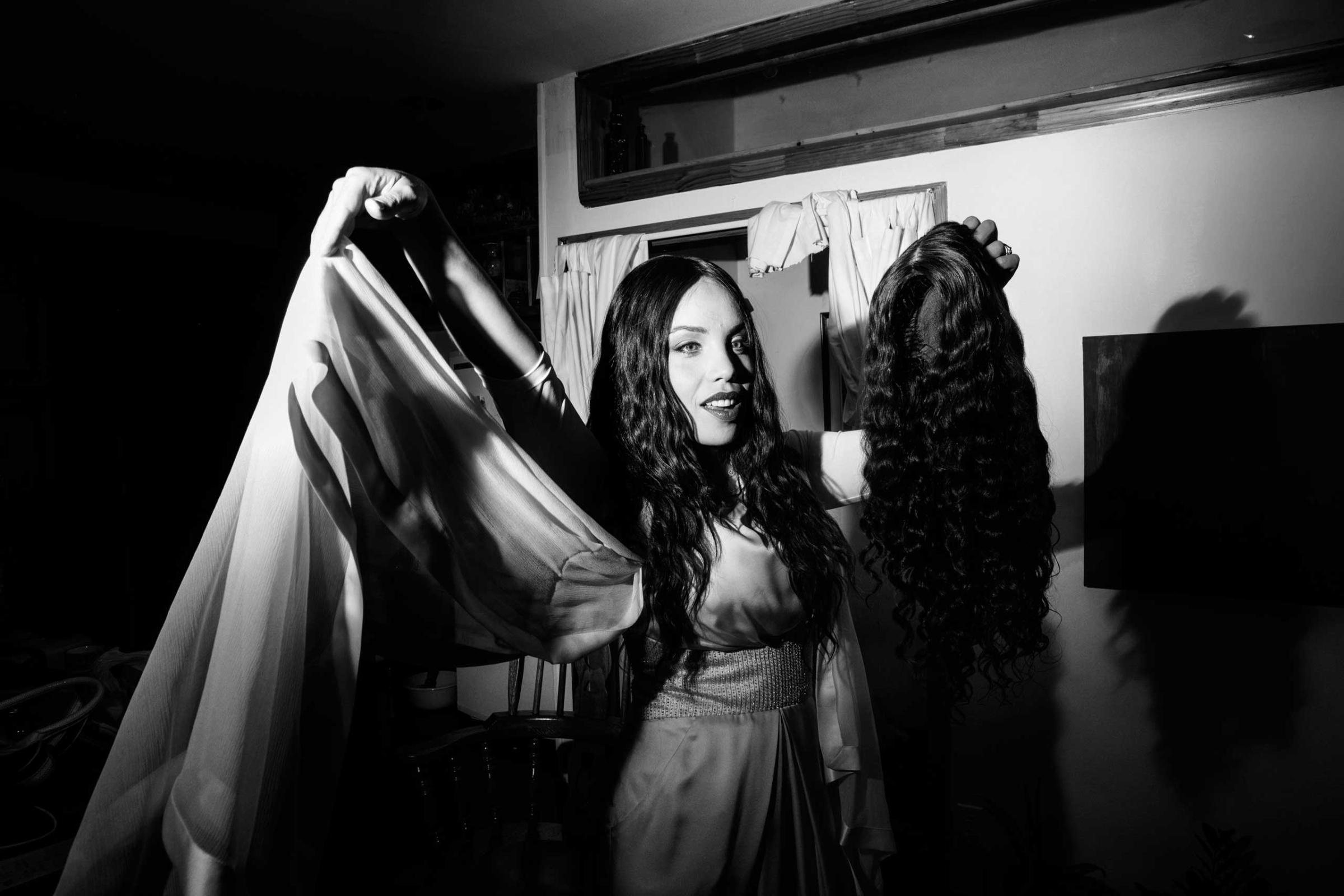
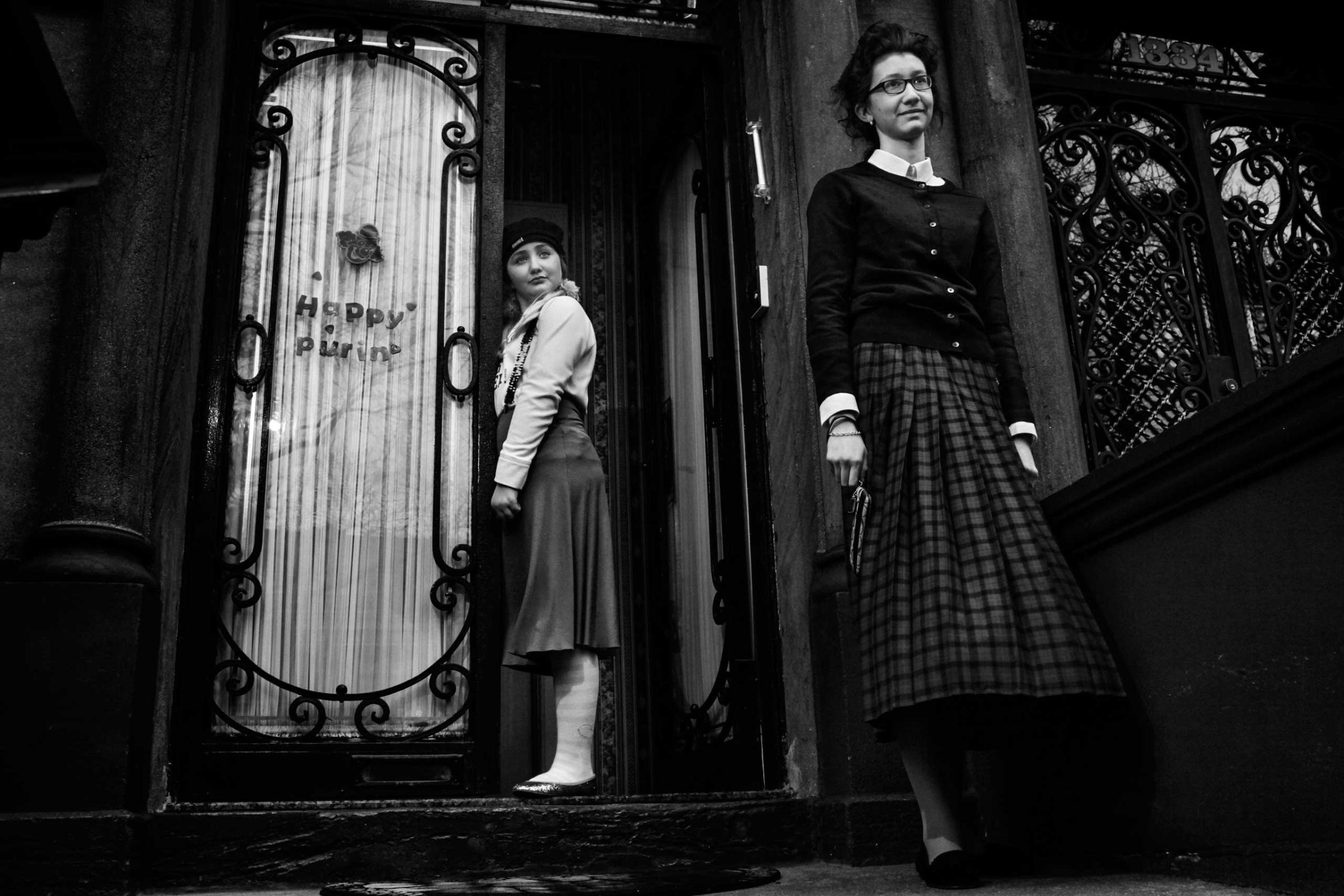

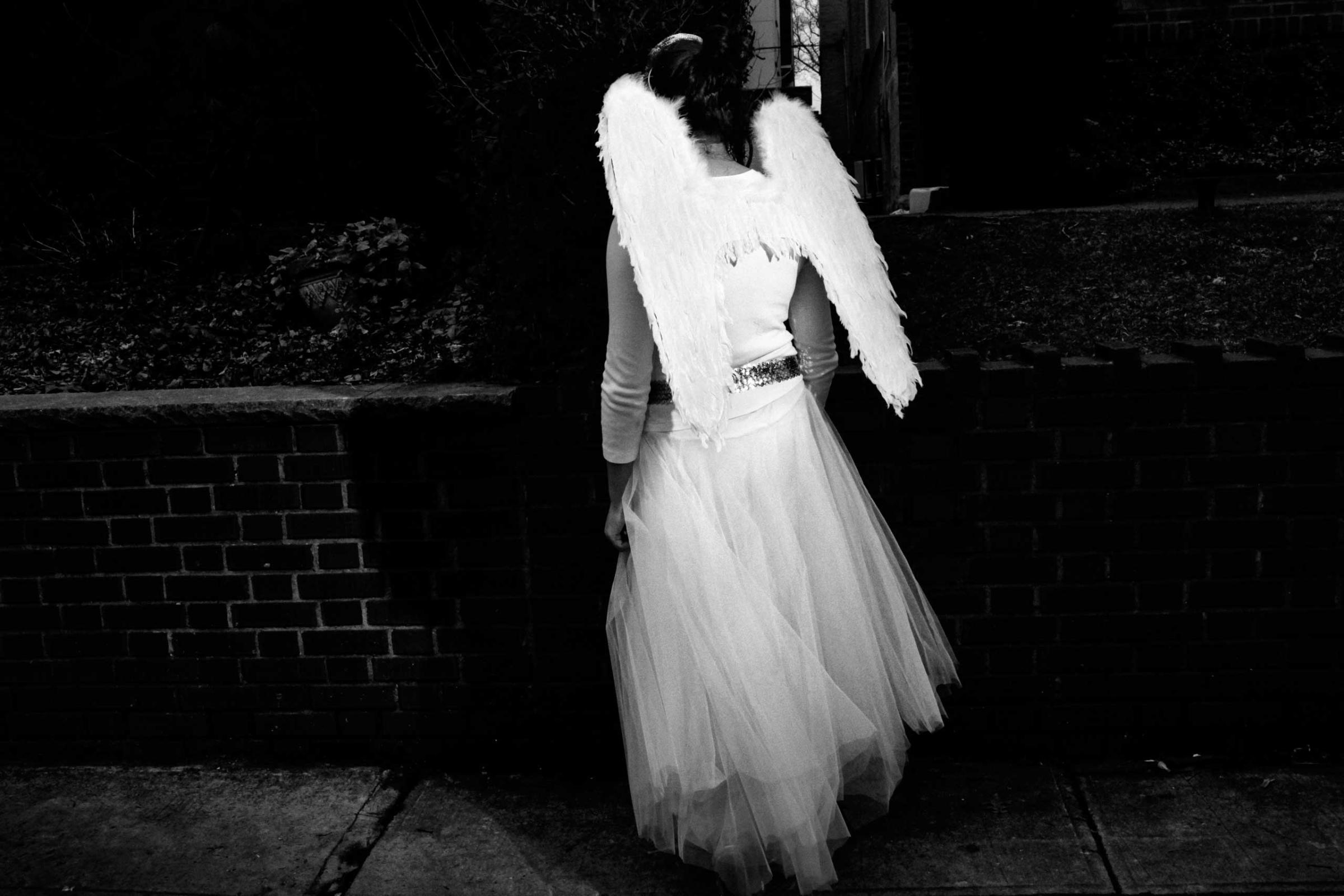
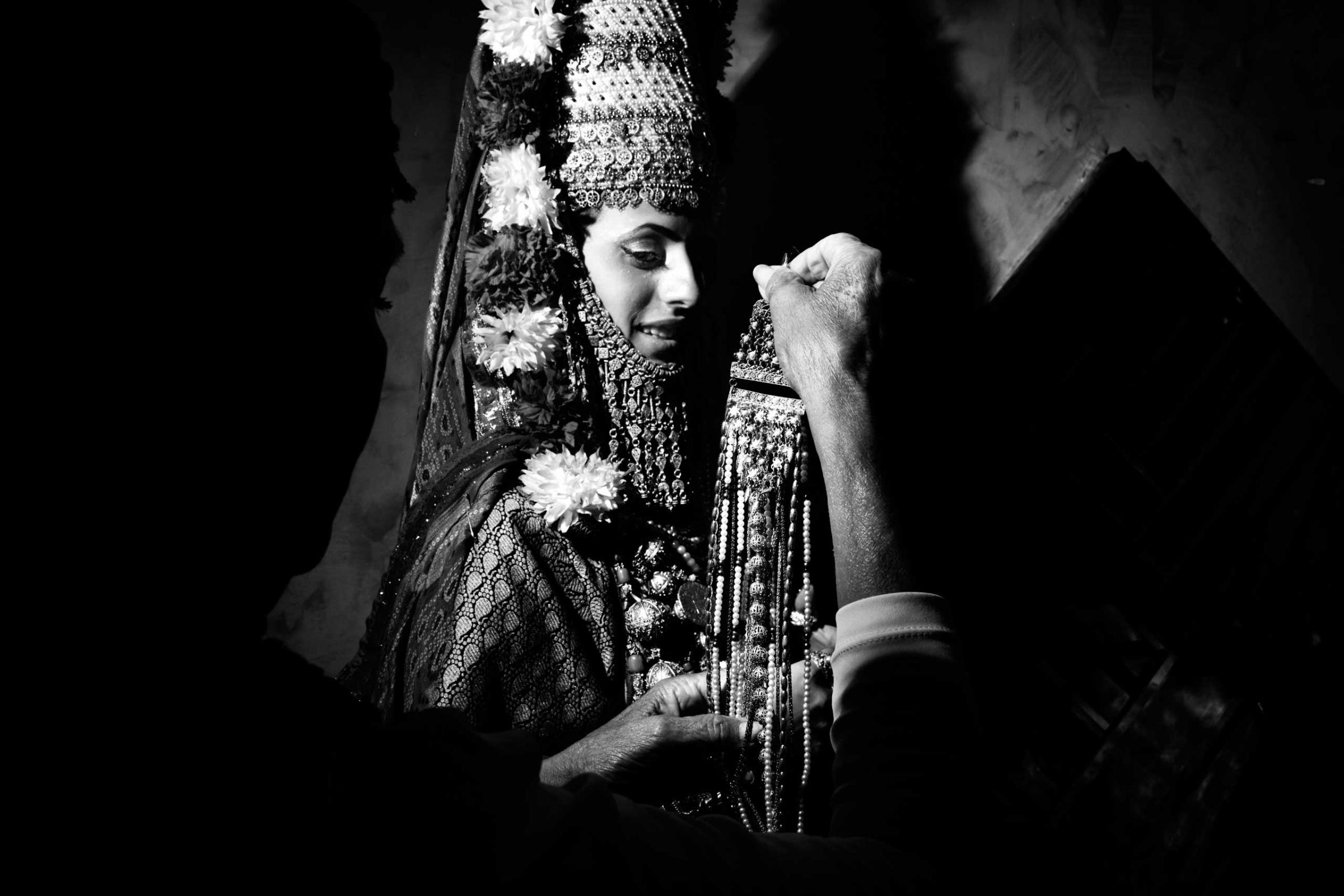
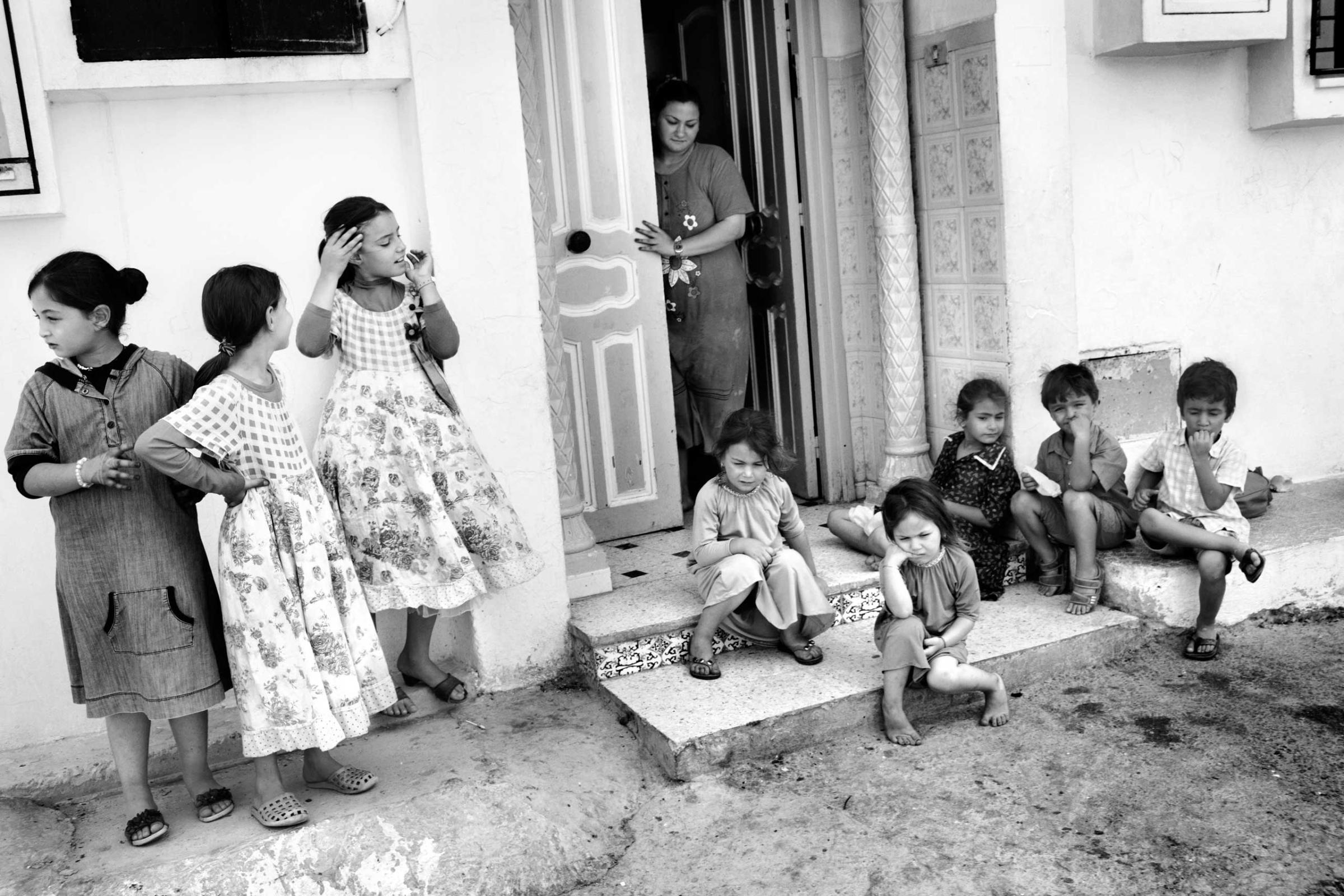
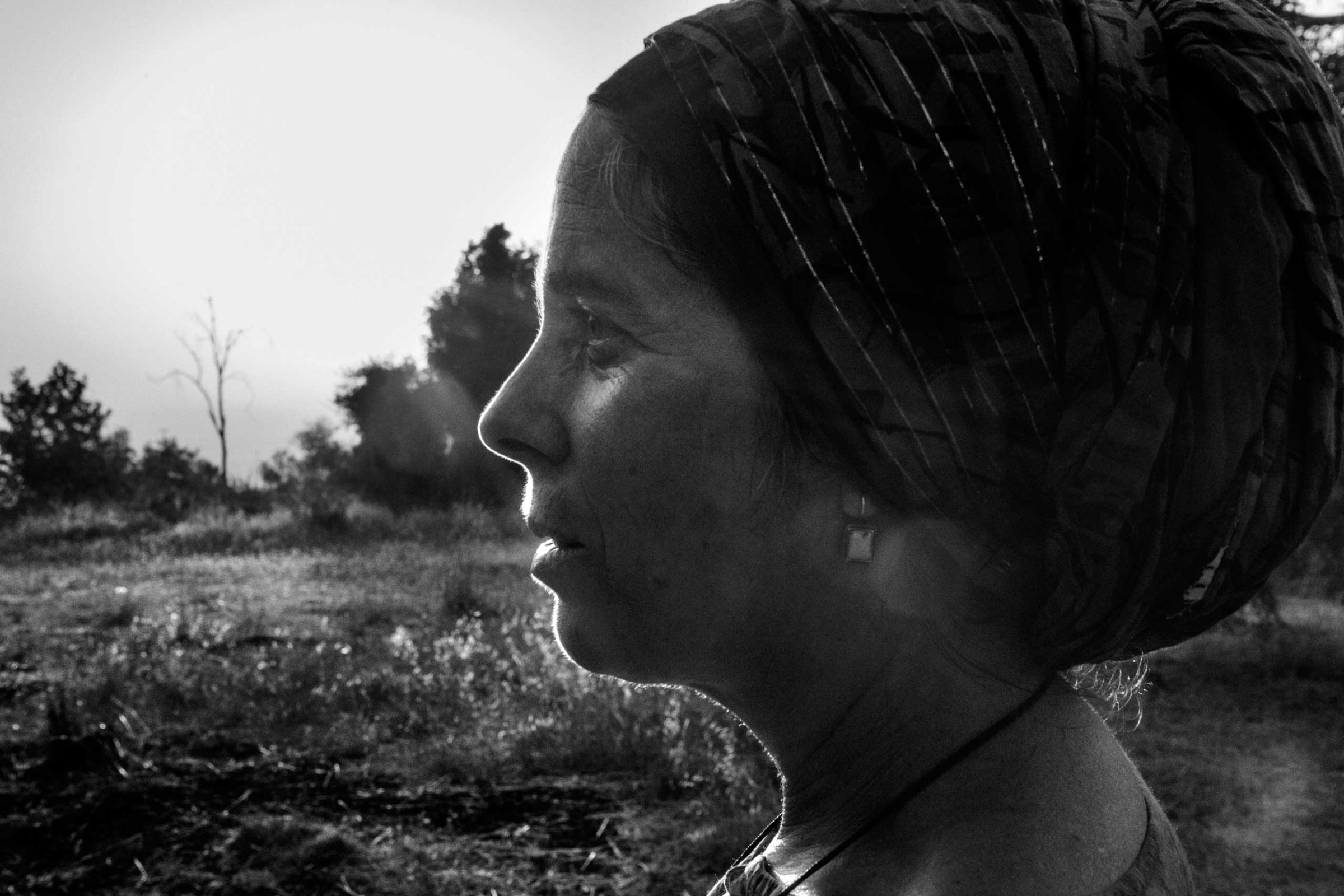
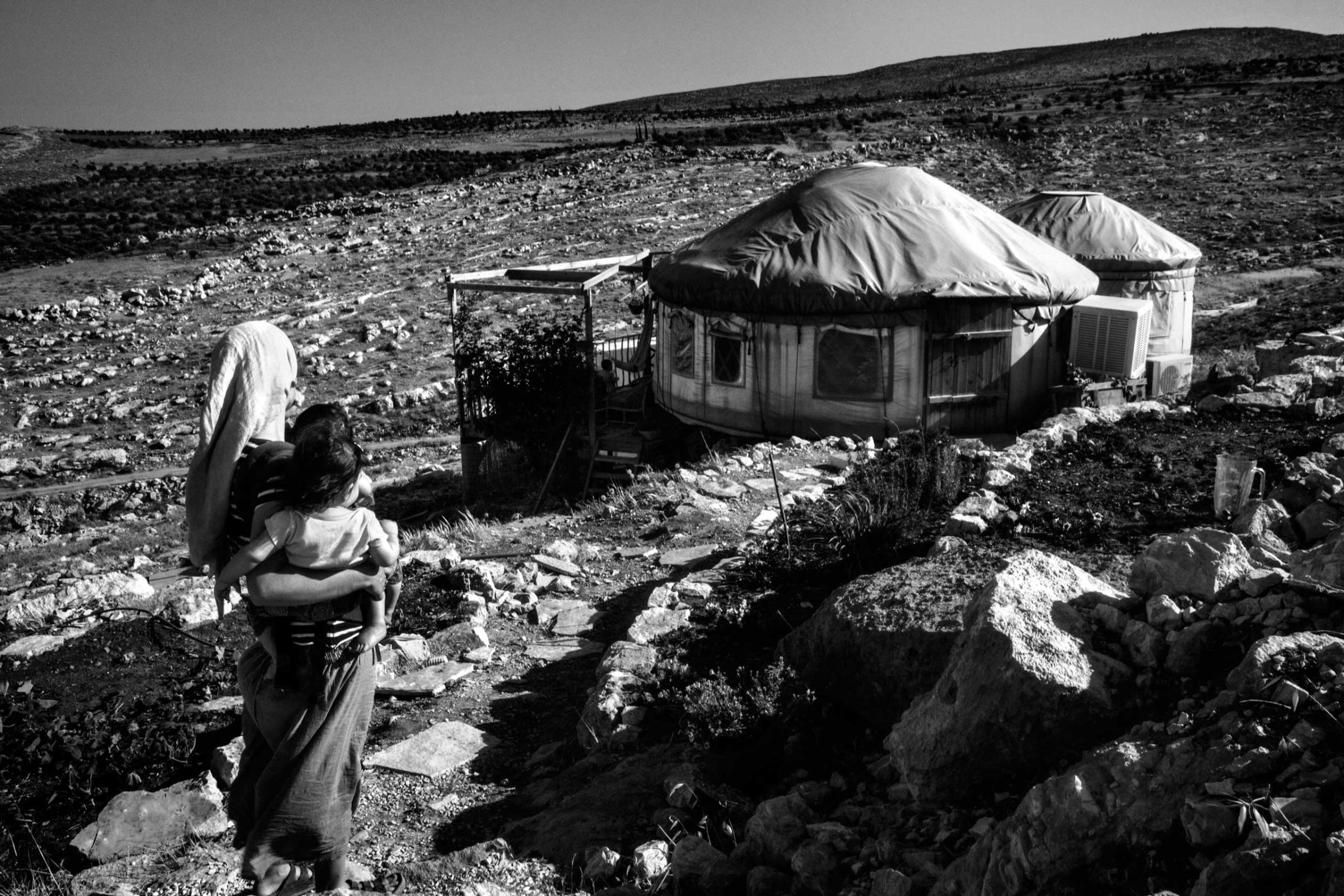
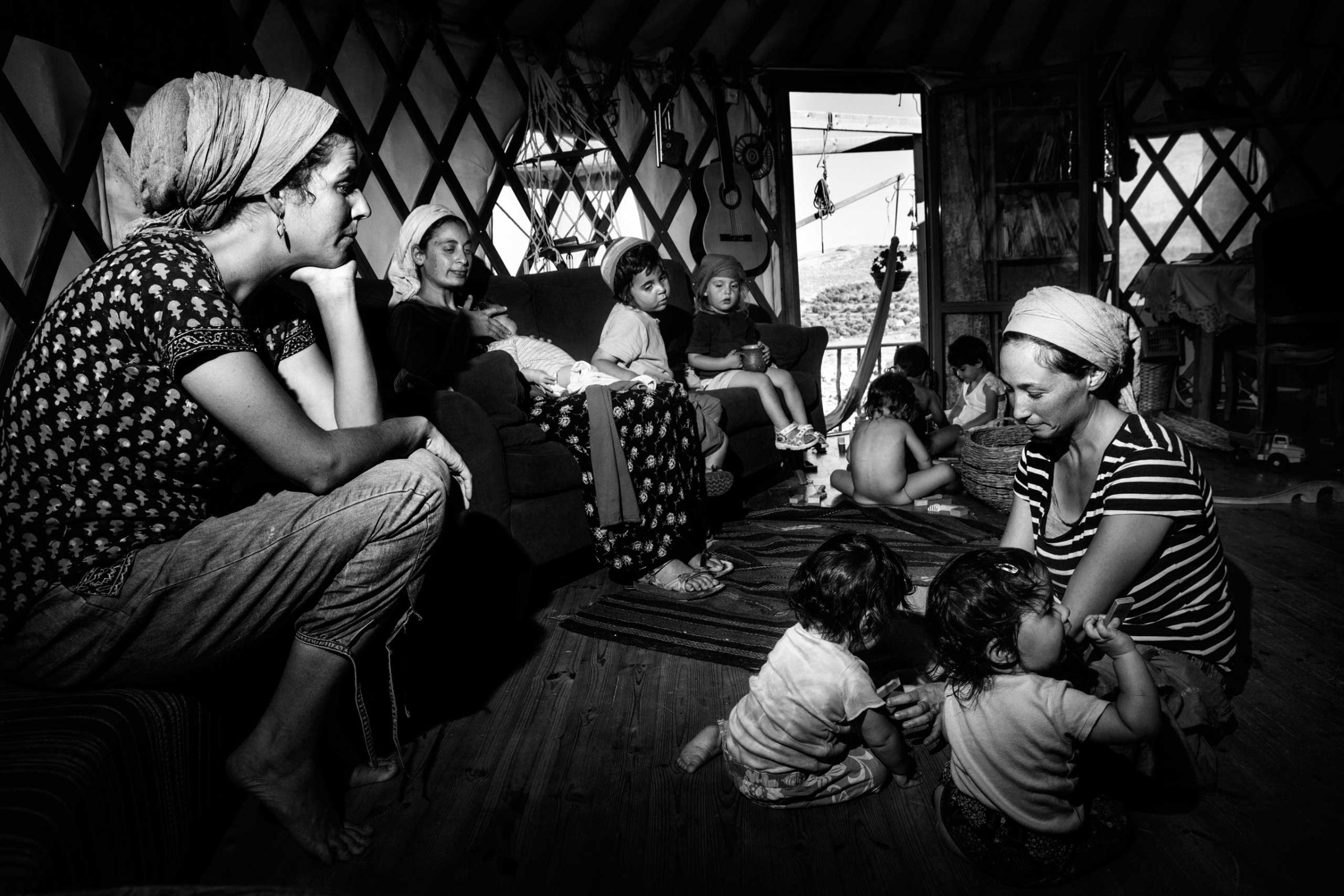
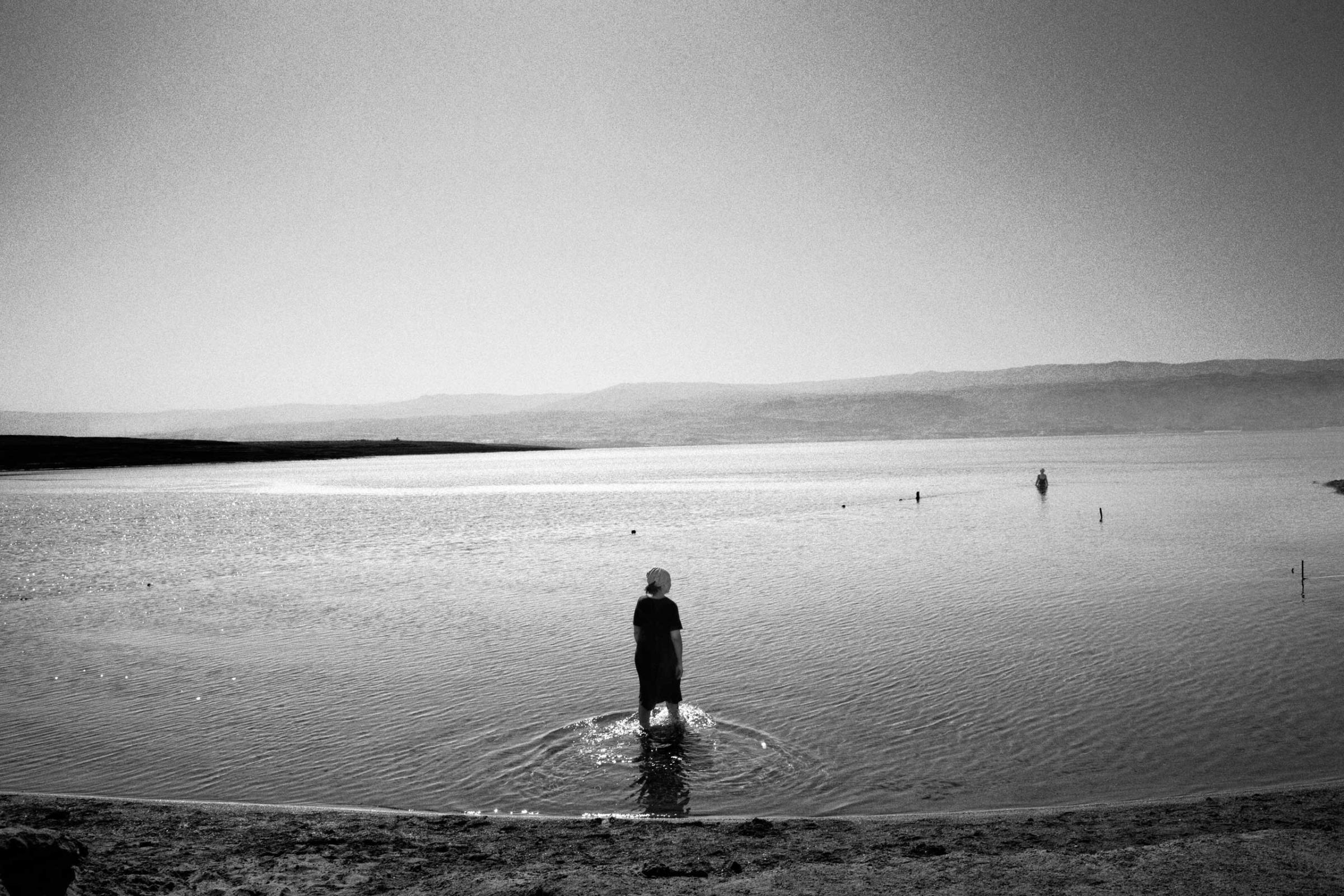
More Must-Reads from TIME
- Donald Trump Is TIME's 2024 Person of the Year
- Why We Chose Trump as Person of the Year
- Is Intermittent Fasting Good or Bad for You?
- The 100 Must-Read Books of 2024
- The 20 Best Christmas TV Episodes
- Column: If Optimism Feels Ridiculous Now, Try Hope
- The Future of Climate Action Is Trade Policy
- Merle Bombardieri Is Helping People Make the Baby Decision
Contact us at letters@time.com